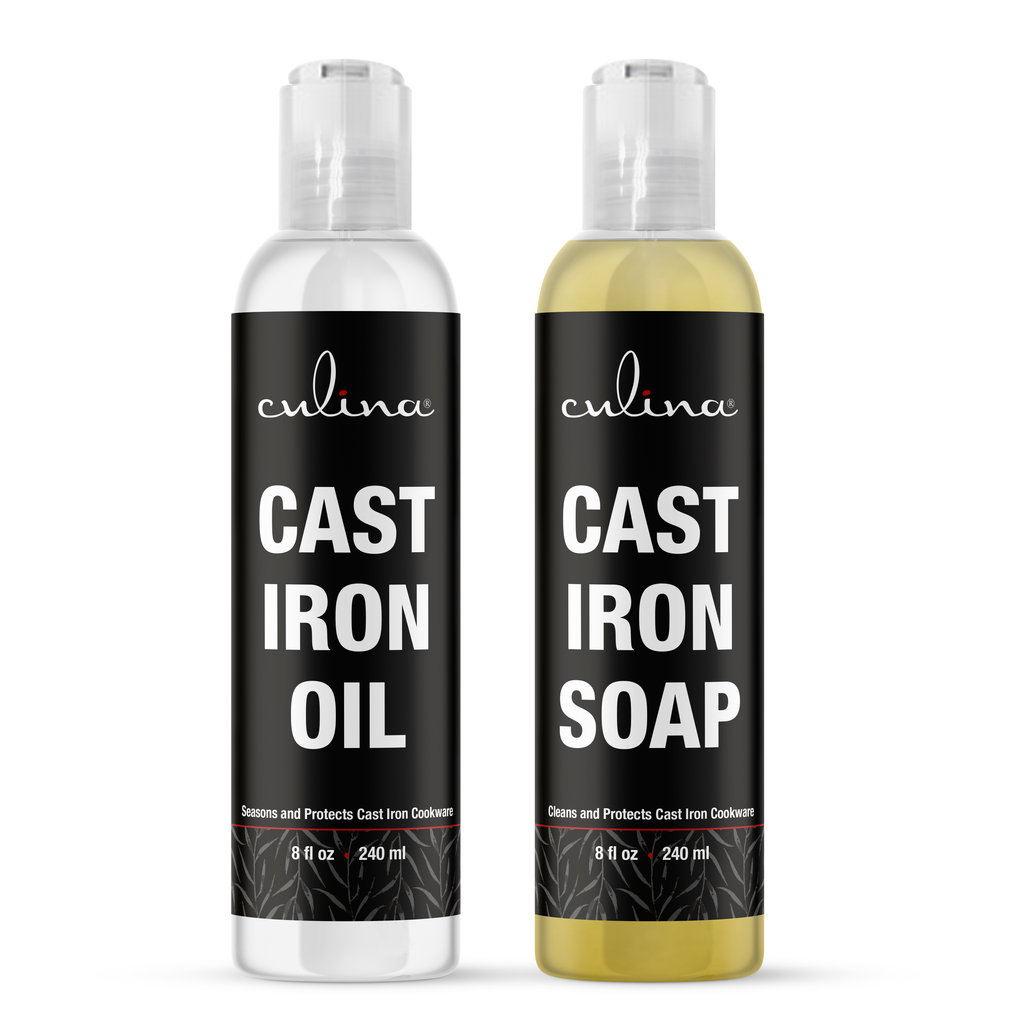How to Make Olive Oil Soap for Ultimate Skin Nourishment?
Are you a beautician looking for a natural and nourishing way to care for your clients' skin? If so, you're probably aware that olive oil has numerous benefits. But have you ever considered making your own soap using this magical oil? In this guide, we will delve into how to make olive oil soap and explore its benefits, techniques, and essential tips to master this craft.
Olive oil soap not only has extraordinary moisturizing properties, but it is also gentle on the skin, making it suitable for all skin types. By learning how to make olive oil soap, you'll be able to provide your clients with a high-quality, natural product that they will love.

Why Olive Oil Soap?
So, what makes olive oil soap stand out among other soaps? Here are some compelling reasons:
- Moisturizing Properties: Olive oil is rich in fatty acids, helping to keep the skin hydrated.
- Gentle on Skin: Ideal for sensitive skin, it helps prevent irritation.
- Natural Ingredients: With no synthetic additives, its perfect for the DIY skincare market.
Ingredients You Will Need
Heres a list of ingredients required for making olive oil soap:
- Olive Oil: Key ingredient for moisture.
- Lye: Essential for saponification.
- Distilled Water: To mix with lye.
- Essential Oils (optional): For fragrance and enhanced benefits.

Basic Equipment Required
Before getting started, ensure you have the essential equipment at your disposal:
- Mixing Bowl
- Stick Blender
- Scale
- Soap Molds
- Safety Gear (gloves and goggles)
Safety Precautions When Making Soap
Working with lye can be dangerous if not handled correctly. Here are some safety tips:
- Always wear gloves and goggles.
- Work in a well-ventilated area.
- Store lye safely, away from children and pets.

A Step-by-Step Guide on How to Make Olive Oil Soap
Now that you have all the prerequisites, lets get started with the process of making your own olive oil soap:
Step 1: Prepare Your Workspace
Clear your workspace and gather all materials. Ensure that you wear your safety gear for protection. Ensuring a clean environment is also essential to avoid contamination.
Step 2: Measure Ingredients Accurately
Using a scale, measure out your olive oil, lye, and distilled water. Note that lye is caustic, so handle it carefully.
Step 3: Mix Lye and Water
In a well-ventilated area, slowly add lye to distilled water (never the other way around); this will create heat as it dissolves. Allow it to cool.
Step 4: Combine Ingredients
Once both mixtures (lye and olive oil) are at similar temperatures (around 100F), slowly blend them using a stick blender until they reach trace.
Step 5: Pour Into Molds
Pour the soap mixture into your mold, and use a spatula to smooth the top. Cover with a towel and let it sit for 24-48 hours.
Step 6: Cure the Soap
After unmolding, cut the soap into bars and allow them to cure for 4-6 weeks before use. This curing process is essential for lye to fully saponify and yield a gentle soap.
Benefits of Using Olive Oil Soap
For beauticians, recommending the use of olive oil soap has multiple advantages:
- Nourishing Skin: Natural minerals and vitamins nourish and restore skin.
- Customizable: Its possible to include a variety of essential oils for added benefits.
- Eco-friendly: Making soap at home reduces reliance on commercial products.
How to Incorporate Olive Oil Soap into Your Beauty Regimen
As a beautician, you can use olive oil soap in various services:
- Facial Cleansers
- Body Scrubs
- Spa Treatments
FAQ Section
1. Is olive oil soap suitable for all skin types?
Yes, it is gentle and can be used on all skin types, including sensitive skin.
2. Can I add color to my olive oil soap?
Absolutely! You can add natural colorants to enhance the aesthetic appeal.
3. How long does olive oil soap last?
With proper storage, olive oil soap can last for years, but it is most effective when used fresh.
If you're interested in exploring more about the benefits of olive oil for healthy skin, check out this olive oil benefits.
Also, ensure you understand why pomace olive oil is essential for certain skin types.
For more uses of olive oil, check this olive oil cake guide, which can integrate into various products.
Dont forget to learn how to make mayonnaise using olive oil for culinary applications.
As an Amazon Associate, I earn from qualifying purchases.

